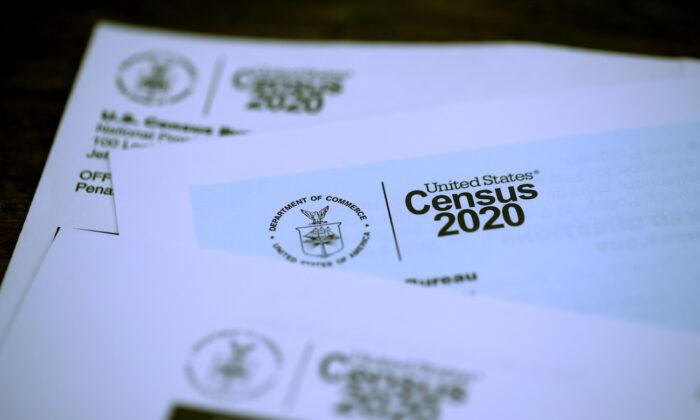The Census Bureau announced it will miss a statutory deadline on Dec. 31 for handing in the numbers used to apportion congressional seats.
“The schedule for reporting this data is not static. Projected dates are fluid,” the bureau added.
“Data collection is just one part of producing a complete and accurate 2020 Census. Since mid-October, Census Bureau experts have been hard at work on processing the data,” it noted. “As issues that could affect the accuracy of the data are detected, they are corrected. This important process, which has been a part of every decennial census, is critical to produce data that can be used for apportioning seats in the House of Representatives among the states.”
Congress implemented the apportionment Dec. 31 deadline four decades ago. Existing law requires the Commerce Department to submit the collected data to Congress that determines how many seats in Congress each state gets by Dec. 31. The president then is required to send Congress in early January a report with the population of each of the states and their entitled number of House districts.
The Commerce Department oversees the Census Bureau, which conducts the once-a-decade census. The Census Bureau’s announcement marks the first time since four decades ago that the Dec. 31 deadline will be missed.
“The delay suggests that the census bureau needs more time to ensure the accuracy of census numbers for all states,” Terri Ann Lowenthal, a former congressional staffer who specializes in census issues, told The Associated Press.
In addition to being used to help decide how many House seats each state gets, the census is used for determining how some $1.5 trillion in federal funding is distributed annually.
The order was challenged in several lawsuits around the country by state and local governments. They argued that Trump, a Republican, was attempting to interfere with the count and prevent Democratic-leaning areas from gaining congressional seats.

The proposal to extend the apportionment deadline passed the Democrat-controlled House, but the Republican-controlled Senate ultimately didn’t take up the request.
A coalition of municipalities and advocacy groups sued the Trump administration after the Census Bureau in August announced a new plan that would seek to meet the original Dec. 31 apportionment deadline.The plaintiffs argued the count was shortened by the Commerce Department so that census data-crunching happened while Trump was still in office, and they said it would cause minorities to be undercounted. They also worried that the shortened field operations and data processing would jeopardize the count’s accuracy and completeness. Bureau statisticians have been given only half the time originally planned to crunch the numbers.
“Contrary to what Plaintiffs may think, the Bureau is not free to disregard a statutory deadline in pursuit of some ethereal notion of a better census,” Justice Department lawyers said in a court filing.
Matthew Vadum and The Associated Press contributed to this report.



